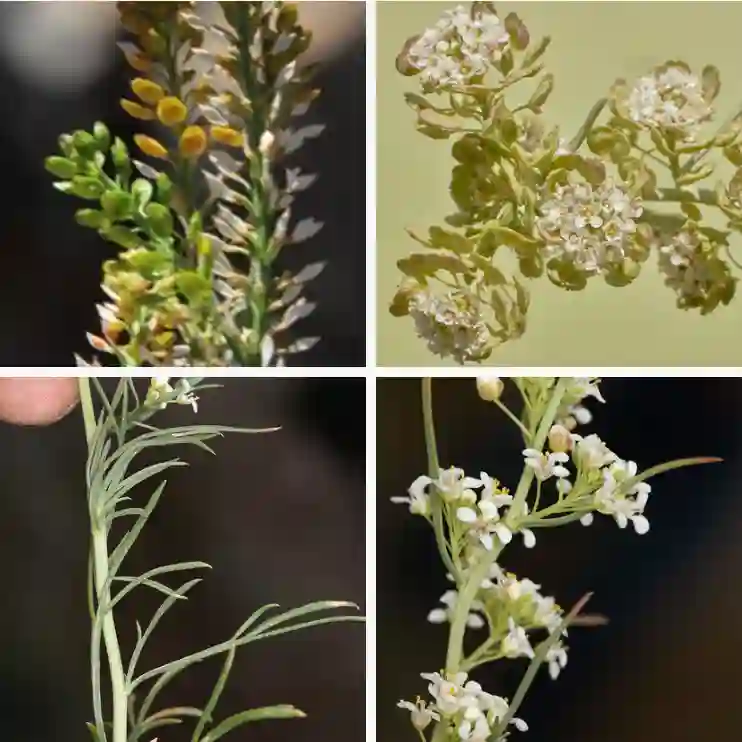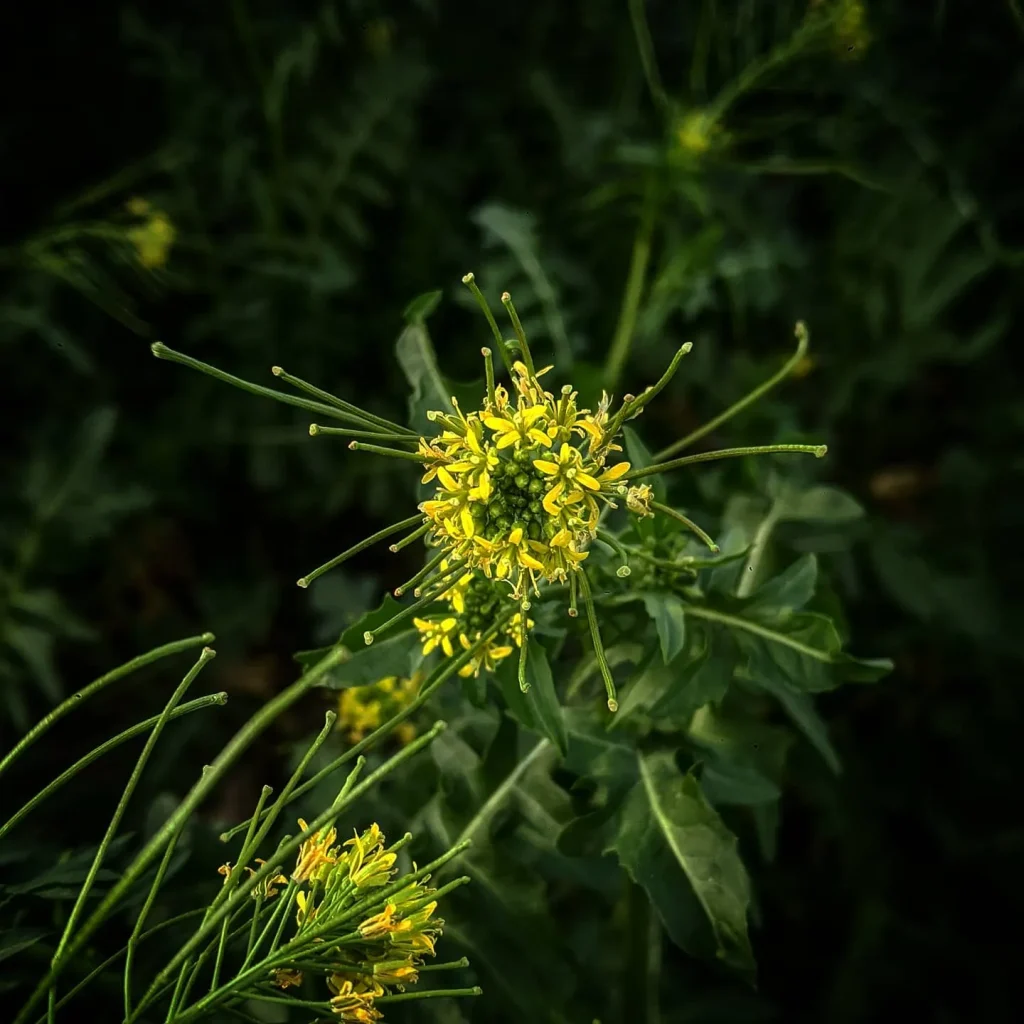My Exploration of the Eurycoma Genus
As a botanist, I’ve always been fascinated by the diversity and potential of the plant kingdom. One genus that has particularly captured my attention is Eurycoma, a group of flowering plants native to Southeast Asia. These plants, often unassuming in appearance, hold a wealth of medicinal properties and cultural significance. Join me as I delve into the world of Eurycoma, exploring its various species and the unique characteristics that make it so intriguing.
Understanding the Eurycoma Genus
Eurycoma belongs to the Simaroubaceae family, a group known for its bitter-tasting plants with various medicinal uses. These plants are typically small evergreen trees with pinnate leaves arranged in a spiral pattern. Their flowers are small and inconspicuous, often clustered in large panicles. The genus is relatively small, with only a handful of recognized species.
Species within the Eurycoma Genus
While the exact number of Eurycoma species is debated, here are some of the most recognized ones:
- Eurycoma longifolia: This is arguably the most well-known species, often referred to as Tongkat Ali or Pasak Bumi. It’s a slender shrub that can grow up to 10 meters tall and is highly valued for its medicinal properties.
- Eurycoma apiculata: Also known as “Penawar Pahit,” this species is found in Peninsular Malaysia. It’s traditionally used for treating fever and malaria.
- Eurycoma harmandiana: This species is native to Indochina and is used in traditional medicine for its anti-inflammatory and analgesic properties.
- Eurycoma latifolia: Found in Sumatra, this species is less studied than E. longifolia but is believed to have similar medicinal potential.
The Importance of Eurycoma longifolia
Among the Eurycoma species, E. longifolia stands out due to its widespread use in traditional medicine and its growing popularity in modern health supplements. It has been used for centuries to treat various ailments, including fever, malaria, erectile dysfunction, and infertility. The plant’s roots are the primary source of its medicinal properties, containing compounds like quassinoids, alkaloids, and flavonoids.
Modern Research and Potential Benefits
Recent scientific research has shed light on the potential benefits of E. longifolia, particularly in the areas of:
- Male health: Studies suggest that E. longifolia may improve testosterone levels, sperm quality, and erectile function.
- Anti-inflammatory effects: The plant’s compounds have shown promising anti-inflammatory activity, which could be beneficial for conditions like arthritis.
- Antioxidant properties: E. longifolia contains antioxidants that may help protect cells from damage caused by free radicals.
- Antimalarial activity: Traditional uses of E. longifolia for malaria treatment are supported by studies showing its effectiveness against the malaria parasite.
Sustainable Harvesting and Conservation
The increasing demand for E. longifolia has raised concerns about its sustainability. Overharvesting from the wild poses a threat to the plant’s survival. Therefore, sustainable harvesting practices and cultivation efforts are crucial to ensure the long-term availability of this valuable resource.
Looking Ahead
The Eurycoma genus, particularly E. longifolia, holds immense potential for the development of new and effective treatments for various health conditions. Continued research is needed to fully understand the plant’s complex chemistry and explore its potential applications. As we move forward, it’s essential to prioritize sustainable practices and conservation efforts to protect this valuable natural resource for future generations.
If i die, water my plants!



